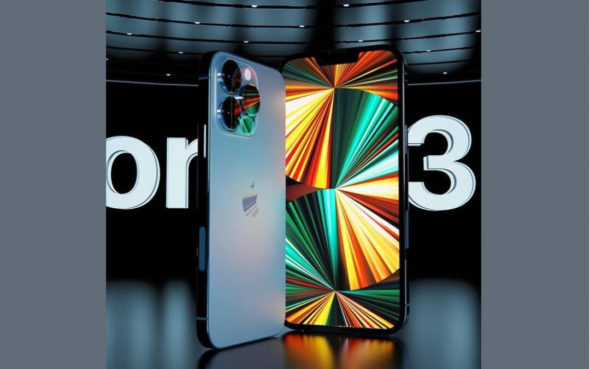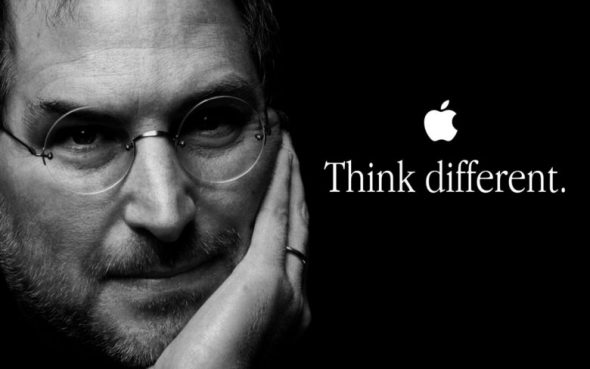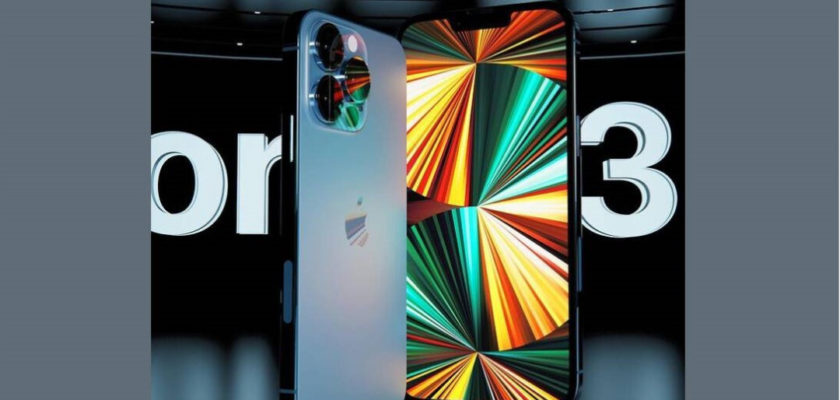The iPhone 13 Pro has some great features, including the camera, especially the ability to take macro photos close to two centimeters using the ultra-wide camera's autofocus. Apple also managed to increase battery life by two and a half hours on the Pro Max model. One of the most important features is a screen that supports ProMotion, which is that the screen receives a frequency of up to 120 Hz with high refresh rate. Previously, this technology was available to the iPad Pro, but it is not in the same way that Apple added to the iPhone 13 Pro. It turns out that ProMotion has a lot to do with improved battery life.

It's not about offering ProMotion screen, high refresh rates, and peace. It is not like this, when Apple offers technology, even if it has been around for a while, but it offers it in a different and more wonderful way.
Think differently

Android phones have had 120Hz refresh rate screens for a while now, and some are able to switch between 60Hz and 120Hz for example depending on what's happening on the screen as well. This in itself, is not entirely new, the refresh rate on the iPhone screen dynamically depends on what is happening on the screen as well.
But Apple has quietly included a great way to determine which refresh rate to use. The iPhone 13 and 13 Promax literally measures the speed of your finger on the screen, then adjusts the screen's refresh rate.
For example, if you use Twitter and read a tweet, the refresh rate drops to 10 Hz. And if you start scrolling slowly, it may move to a faster refresh rate, say 60Hz. And if you scroll quickly, the refresh can reach 90 or 120 Hz.
And this is a huge benefit that other companies don't do. Instead of just changing the refresh rate based on the app you're using, it changes based on how you use the app, and so Apple created a system that detects how fast your finger is interacting, and then integrates that into ProMotion, and the goal is, that The screen always uses the most efficient refresh rate based on what's happening on the screen and how you interact with the device, meaning it uses less power and improves battery life.
Anyone who has used a higher frame rate on Android devices, and then tried ProMotion on Apple devices, reports that the difference is noticeable and that Apple devices are much smoother and more responsive.
Most people care about two things when buying a new iPhone, the quality of the cameras and the battery life? There is thus room to add additional hardware components such as larger sensors, longer focal lengths and faster apertures to improve camera and photography, all at the expense of battery life, as there are no more spaces for more battery cells, which interferes with the integration or development of any technologies and updates Companies want to add them to their phones, so all eyes are on making internal phone components on top of each other to save space, and developing technologies on existing components that make battery consumption limited, like what Apple developed on the processor, which is the same processor last year with 5 nanometer technology, but improved.
This extra effort from Apple is a clever way to kill two birds with one stone, smoother scrolling and better battery life, and that's what we want.
Source:


شكرا
I always wonder why apple lovers always drum and make something out of something so scarce the advantages make them see every little thing as big
This technology is present in the Samsung Note 20 and has moved to the s21 devices, which Samsung calls LPTO
Waiting for the personal experience of the promotion.
Apple knows very well how to play with the minds of its followers, and we do not deny what it has offered.
But there are things that the lover exaggerates greatly and gives them priority..
An excellent thing.. We wish you, Yvonne Islam, and Sheikh Tariq, to update the Zamin application as soon as possible. The application can only read titles and we cannot open topics after updating our devices to IOS 15
The most prominent feature of Apple is its smoothness, it is true that it is late in launching some features, but when it is launched, it is more effective and reliable than any other company… On the other hand, I was waiting to read the article about a comparison between the feature in both the iPad and the iPhone
An excellent and effective way to preserve the battery.. Depending on the use, the speed of movement will be.
Nice and true words, but at the expense of the weight of the device, which I consider a stone in your hand (the device is very heavy)
Not on your hand, but on any video or selfie stick holder
I would like an article about the new update for airpods pro
I agree with you 👍🏻
Sometimes the Android group gets upset if we mention that if Apple adopts a technology that controls and adjusts it perfectly, unlike the spot that they play;;
The Pro Motion screen is different from all the cheap Android companies,,,
A wonderful cinematic style that differs and works professionally, unlike Samsung, which adopted the idea a long time ago😬
The battery is XNUMX, which is much less than the competitors, but the XNUMX Pro Max stomps all Android devices at all, even to its XNUMX mAh battery
,,,,
Beautiful typography. 💝 an apple lover 🌹
It's the bitter truth for Android owners 😂
Really offers outdated technology that has been on Android for a long time in a beautiful, comfortable and high quality way 😎
As happened with widget and Google kept it in Android12
This is the difference between innovators and companies that are only developing outdated innovations 😉🤭